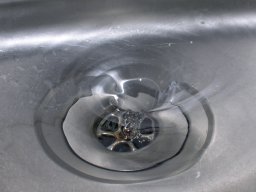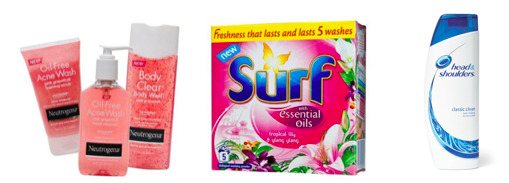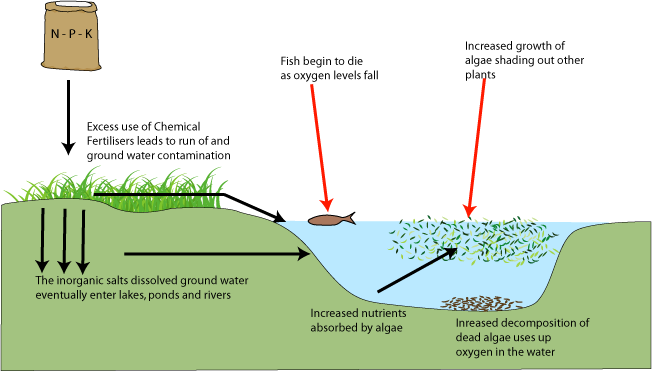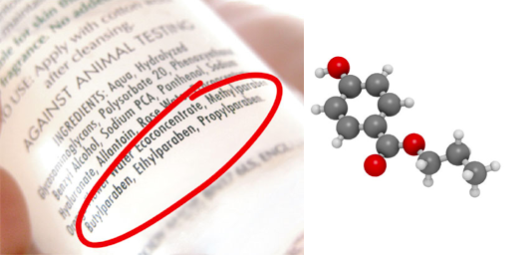 Written by Suzie Miller, MSc Marine Environmental Management. Sea Watch Foundation Research Intern 2015.
Written by Suzie Miller, MSc Marine Environmental Management. Sea Watch Foundation Research Intern 2015.
Numerous items flushed down the toilet end up on our beaches and float for decades within the seas. This in turn can be ingested by species, cause entanglement and/or injury. Personal care products and household cleaning chemicals can have profound impacts on aquatic organisms due to their chemical content. Not only can they harm these environments, but also us who use them. A number of household cleaning products, personal care products and laundry detergents contain petroleum based chemicals and manmade chemicals – unsustainable sources. The following are just a small sample of those that are found in everyday products.
Surfactants
These are found in shampoos, body washes, make-up, laundry products and toothpastes. The main function of surfactants is to enable grease to mix with water and thus be removed from clothing, your body, dishes etc and then washed away down the drain. They also make the bubbles in shampoos and washing up liquids. This is all good as we all want to be clean, except….
A number of surfactants are classified as a ‘moderate hazard’ to humans or are known carcinogens (cause cancer) by R.E.A.C.H, (Registration, Evaluation, Authorisation and Restriction of Chemicals – an authoritative body within the EU).
Yes, they are not found in high quantities within products, but consider how many of them you use each day? Shampoo, soaps, laundry detergent, washing up liquids……
R.E.A.C.H has imposed a ruling that all EU member states must only use biodegradable surfactants within their products. Another good move, however…. this only applies to 3-20% of the total product, the entire product is not biodegradable. It can also take up to 28 days for the ‘biodegradable’ element to degrade by only 60% – again not 100%. Furthermore, this degradation only applies when oxygen is present – most biodegradation occurs in anaerobic conditions (where no oxygen is present).
Surfactants are harmful/toxic to aquatic life due to their water-loving nature – they react with the biological membranes of the organisms thus impeding the normal function of chemical processes, eg the uptake of nutrients and fluids. In addition to this many surfactants are derived from petroleum – a non-renewable source. Sustainable alternatives are available.
Phosphates
| Orthophosphates | Buffering – detergents, baking | |
| Pyrophosphates | Sequestering – water treatment, metal cleaning | |
| Tripolyphosphates | Dispersant – meat processing, dish detergent | |
| Polyphosphates | Dispersant – kaolin production, processed cheese |
The top three contributors of phosphates in waste water come from fertilizers, human and animal waste and detergents. 1.8million tonnes of detergents were used in the EU in 2006, 110,000 tonnes were washed into the sewage systems. In the UK dishwasher and laundry detergents contribute 25% of all phosphates found in waste water. Many EU countries have now banned phosphates in detergents – the UK is not one of them. There is however, an EU ruling from June 2013 which limits the amount of phosphates to no more than 0.5g per ‘standard dose’.
When phosphate levels are consistently high in aquatic systems they cause rapid growth of plant life. In marine environments they cause algal blooms – many of which are toxic. This in turn leads to a drop in the level of available oxygen for other organisms – fish, crustaceans etc. The plant and algal life then die, decomposing, reducing oxygen levels further. The aquatic system then becomes hypoxic – low oxygen, or anoxic – without oxygen, suffocating all oxygen loving organisms. Those that survive do so because they have the capacity to inhabit anaerobic conditions. They then further enhance their anaerobic environment, reducing the capacity for the aquatic system to return to a natural, oxygenated, healthy state. This phenomenon is known as eutrophication and has occurred in vast areas around the world in both freshwater and marine environments. One such zone is found yearly in the Gulf of Mexico. It was recorded to be 5,000sq miles (13,000sq km) in 2014; the largest area ever recorded was 8,481sq miles (21,968sq km) in 2002.
Parabens
Parabens are not considered to be toxic to humans yet all of these have been classified as Category 1 endocrine disruptors by the EU ie. they interfere with the production of hormones. This leads to birth defects, cancerous tumours and developmental disorders. Once again the levels of parabens in food and cosmetics are very low, yet it is the accumulative affect which is of concern. Many of these are washed away into waste water and eventually out into the sea where their effects will impact smaller species at a greater rate than humans. The feminisation of male animals, males often taking on female characteristics, is increasing as parabens mimic the effects of oestrogen. This phenomenon may also be furthered by the increased level of oestrogen in aquatic systems from birth control pills.
Phthalalates
“But……
The majority of the above chemicals are not taken out of the water through the ‘cleaning’ process at sewage works (Waste Water Treatment Works WWTW). Phosphates can be reduced through the removal of ‘sludge’ – solid waste, these then go to land fill or are used as fertilizers. Where WWTW discharge into sensitive areas (ie. near water abstraction points, sensitive ecosystems or where they need to meet water quality standards) tertiary treatment is required which will remove phosphates, ammonia, pathogens, nitrogen and nitrates. They do not need to address all of the above chemicals just those that are specified for a particular area. Tertiary treatment is not a legal requirement on all WWTW and is costly. Conventional WWTW do not remove surfactants or hormones from the water. Surfactants can be removed through costly processes using toxic chemicals. The natural environment can cope to a certain extent with small amounts of these chemicals entering it, yet the sheer volume that is being thrown into ours rivers and seas is having highly detrimental effects on a huge variety of species. It’s like our bodies, they can cope with the odd junk food meal, but if we were to eat them all the time our bodies would protest and be unable to function effectively, leading to major health issues. We need to reduce the amount of junk we put into the seas.
So what can we do….?
The answer is quite simple – do not throw things down the toilet other than poop, pee and paper. Condoms, cotton buds, feminine hygiene items, wet wipes, medications, nappies, razors etc should ALL go in the bin. As for detergents, personal care products and cleaning chemicals these can all be replaced by alternatives which are not harmful to the environment, or us! They achieve the same results and will not cost you a fortune. Additionally these products are 100% biodegradable as they are derived from plants – subsequently a renewable source, they can biodegrade in both aerobic and anaerobic conditions, they use less packaging (often made from recycled materials) and less energy to produce and they do not use animal products or test them on animals. Surfactants that are present are derived from natural sources – sugar, coconut, rapeseed oil thus will biodegrade readily and again is a renewable source. The table below lists a number of cleaning brands and personal care products that fit the bill along with a couple of websites where they can be found.
The next step is yours to take…..
Make the change and help clean up our seas and eradicate harmful chemicals from our waterways and coastal environments conserving the species that call them home!!
| Alternative detergents/cleaning product brands | Alternative personal care products |
| Ecover | Ecover – body wash/hand soaps |
| BioD | BioD – hand soaps |
| Alma Win – organic cleaning products | Desert Essence |
| Faith in Nature | Faith in Nature – shampoos, body washes, hand soaps |
| Method | Method – hand soaps |
| Ecozone | Green People |
| Earth Friendly | Burts Bees |
| Oven Mate | Juice Organics |
Websites where these products and others can be purchased:
www.biggreensmile.com – www.ethicalsuperstore.com – www.naturisimo.com – www.Oxfam.org.uk – www.ecos.com – www.greenbrands.co.uk
References:
http://www.eco-forum.dk/detergents/index_files/Page718.htm
http://healthandenvironmentonline.com/tag/parabens/
http://www.phosphatesfacts.org/what.asp
http://www.juicebeauty.com/10-year-anniversary/































